Cucumber Planting Harvest Guide
Maximizing Yield and Quality with Advanced Techniques
Introduction to Modern Cucumber Cultivation
Cucumber Planting Harvest Guide represents a comprehensive approach to successful cucumber production that integrates traditional agricultural wisdom with cutting-edge scientific advancements. As a globally significant vegetable crop, cucumbers present unique cultivation challenges that require precise management strategies to optimize yield, quality, and profitability. This guide draws upon international research and practical field experience to address the most pressing concerns faced by commercial growers and agricultural wholesalers seeking reliable fertilizer wholesale factory solutions.
Cucumbers (Cucumis sativus) belong to the Cucurbitaceae family and demand specific nutritional and environmental conditions to express their full genetic potential. Through careful attention to variety selection, nutrient management, and pest control strategies, growers can achieve remarkable improvements in both quantity and quality of harvest. The following sections provide detailed guidance on implementing these strategies effectively across diverse growing conditions.
Optimized Soil Preparation and Planting Techniques
Soil Requirements and Site Selection
Cucumbers thrive in well-drained, loamy soils with a pH between 6.0 and 6.8. Proper field selection significantly influences disease pressure and nutrient availability. Sites with good air circulation help reduce fungal diseases while ensuring adequate sunlight exposure promotes photosynthetic efficiency. Soil testing should be conducted 2-3 months before planting to determine appropriate amendment needs.
Planting Density and Configuration
Optimal plant spacing depends on growth habit and trellising system. For vining varieties, maintain 60-90 cm between plants and 1.2-1.8 m between rows, achieving populations of approximately 20,000-25,000 plants per hectare. Bush varieties accommodate higher densities of 30,000-35,000 plants per hectare. Trellising systems increase air circulation, improve fruit quality, and facilitate harvesting, potentially increasing yields by up to 40% compared to ground culture.
Comprehensive Nutrient Management Strategy
Stage-Specific Nutritional Requirements
Cucumbers have distinct nutritional needs throughout their growth cycle. During vegetative establishment, emphasis should be placed on nitrogen to support vigorous vine development. Our 420-0-0 liquid nitrogen fertilizer provides immediately available nitrogen with 90% use efficiency, significantly reducing losses through volatilization and leaching.
As plants transition to flowering and fruit set, phosphorus becomes crucial for energy transfer and reproductive development. Our MKP (0-52-34) supplies highly soluble phosphorus and potassium without introducing nitrogen that might stimulate excessive vegetative growth at the expense of fruit production.
Micronutrient and Biostimulant Applications
Secondary and micronutrients play vital roles in cucumber quality and stress resistance. Calcium deficiency particularly manifests as blossom end rot, while magnesium shortages impair photosynthetic capacity. Our amino acid, calcium, magnesium, and fish protein liquid fertilizer addresses these needs through chelated minerals that ensure optimal availability and uptake efficiency.
For enhanced stress tolerance and fruit quality, consider incorporating our amino acid and trace elements liquid fertilizer at key developmental stages. Research demonstrates that amino acid-based biostimulants can improve yield by 12-15% while enhancing fruit uniformity and shelf life.
Integrated Pest and Disease Management
Common Cucumber Pathogens and Prevention
Cucumbers face significant pressure from various pathogens including powdery mildew, downy mildew, bacterial wilt, and various viral diseases. Preventive strategies include resistant varieties, crop rotation, and proper spacing to improve air circulation. For organic matter supplementation, our slow-release organic fertilizer applied at 2 tons per hectare improves soil health and plant resilience.
Biological Control Strategies
Incorporating beneficial microorganisms through our microbial bio-organic fertilizer enhances natural defense mechanisms against soil-borne diseases. For specific challenges like root-knot nematodes, our anti-root knot nematode microbial inoculant provides targeted protection without chemical residues.
Water Management and Irrigation Optimization
Efficient Water Delivery Systems
Cucumbers require consistent moisture, particularly during fruit development, with optimal yields achieved at 70-80% field capacity. Drip irrigation systems provide precise water delivery while minimizing foliage wetness that promotes disease development. Studies indicate water savings of 30-50% compared to overhead systems while simultaneously improving yield quality.
Moisture Monitoring Techniques
Implementing tensiometers or soil moisture sensors at 15-30 cm depths helps optimize irrigation timing. Cucumbers typically require 25-50 mm of water per week depending on growth stage and environmental conditions. Mulching with organic or plastic materials conserves soil moisture and moderates root zone temperatures.
Advanced Techniques for Yield Enhancement
Pollination Management
While some modern cultivars are parthenocarpic (setting fruit without pollination), insect-pollinated varieties benefit from managed bee colonies. For protected cultivation environments, hormone applications may be necessary to ensure proper fruit set. Environmental factors such as high temperatures (>35°C) or excessive humidity can impair pollen viability and require corrective management.
Pruning and Training Methods
Vertical training systems improve light penetration, air circulation, and harvesting efficiency. For indeterminate varieties, maintaining a single main stem with limited lateral development directs energy toward fruit production rather than excessive vegetation. Regular pruning also facilitates spray penetration for pest and disease management.
Harvest and Post-Harvest Handling
Determining Optimal Harvest Timing
Cucumbers reach marketable size rapidly, typically within 50-70 days after planting depending on variety and growing conditions. Frequent harvesting (every 2-3 days) prevents oversized fruits that reduce overall yield potential and quality. Morning harvests minimize field heat, preserving fruit crispness and turgor pressure.
Quality Preservation Techniques
Rapid cooling to 10-12°C immediately after harvest significantly extends shelf life. Proper handling to avoid mechanical damage and wax applications reduces moisture loss during storage and transport. Maintaining high relative humidity (90-95%) prevents desiccation while adequate ventilation prevents ethylene accumulation.
Economic Considerations and Return on Investment
Implementing these advanced cucumber production techniques requires initial investment but delivers substantial returns through improved yield, quality, and resource efficiency. Comprehensive nutrient management programs using our specialized NPK water-soluble fertilizers typically increase marketable yield by 20-30% while reducing total fertilizer input by 15-25% through enhanced efficiency.
For fertilizer wholesale businesses, offering these targeted solutions to commercial growers represents significant market opportunities. Our complete product range available through our shop provides comprehensive solutions for every stage of cucumber production.
Conclusion
Successful cucumber cultivation demands integration of multiple factors including variety selection, precise nutrition, water management, and pest control. By implementing the science-based strategies outlined in this Cucumber Planting Harvest Guide, growers can significantly improve both yield quantity and quality while optimizing resource utilization.
Regular monitoring, accurate record-keeping, and adaptability to changing conditions remain fundamental to continuous improvement. As agricultural technology advances, embracing data-driven decision making and precision agriculture techniques will further enhance cucumber production efficiency and sustainability.
If you are interested in this article, or have any questions that need to be answered,
You can find us at any time through the chat icon in the lower right corner of the webpage. Of course, you can also check out our other social media (such as Linkedin) to learn more about us.
Reference Websites:
- USDA Agricultural Research Service: https://www.ars.usda.gov/
Horticulture Science Journal: https://journals.ashs.org/hortsci/
University Extension Services (Various)
International Society for Horticultural Science: https://www.ishs.org/
ResearchGate Agricultural Publications: https://www.researchgate.net/
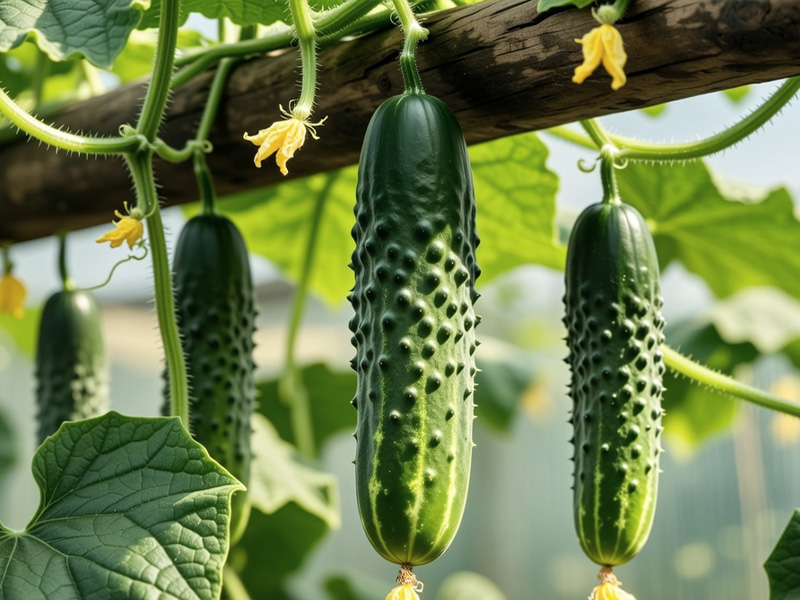
Healthy vines, bigger yields! Our fertilizer fuels thriving cucumber farms. 🌱🥒
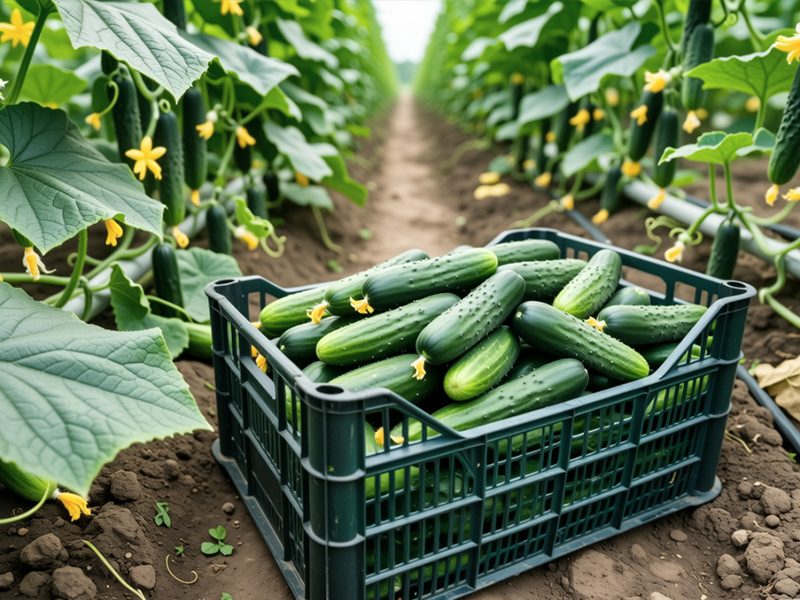
Bountiful harvest! Crisp, green cucumbers grown with our powerful fertilizer. 🚜🥒
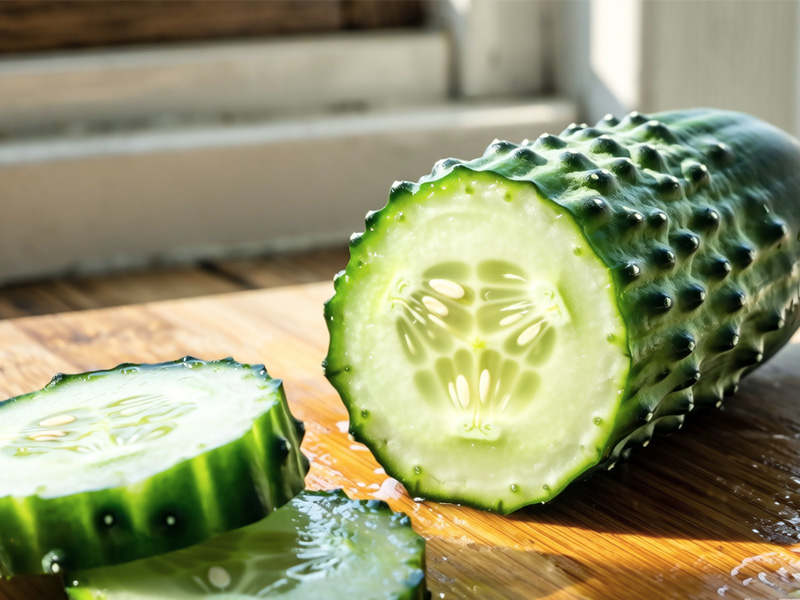
Crunchy perfection! Our fertilizer ensures fresh, flavorful cucumbers every time. 🥒✨
Cucumber fertilizer
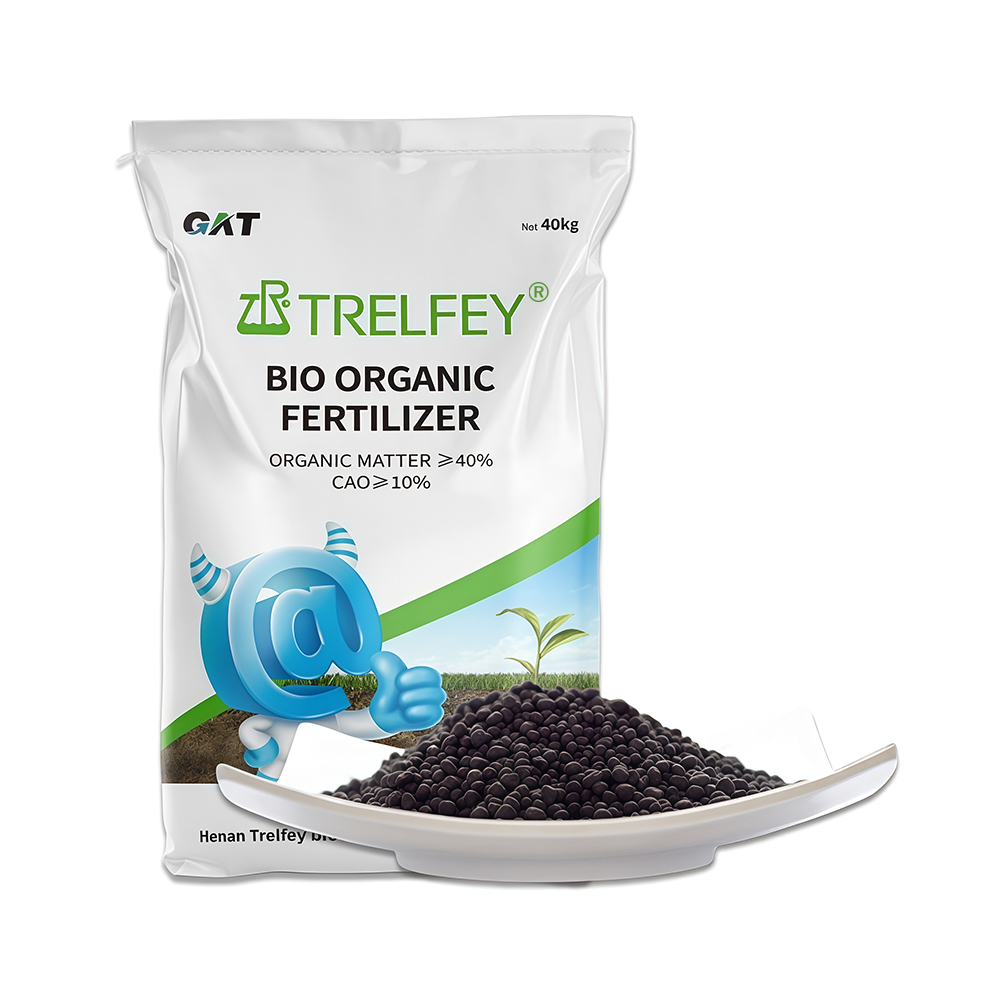
Bio-organic fertilizer
Organic matter ≥40%, CaO≥10%
The number of beneficial live bacteria ≥0.20 billion/g
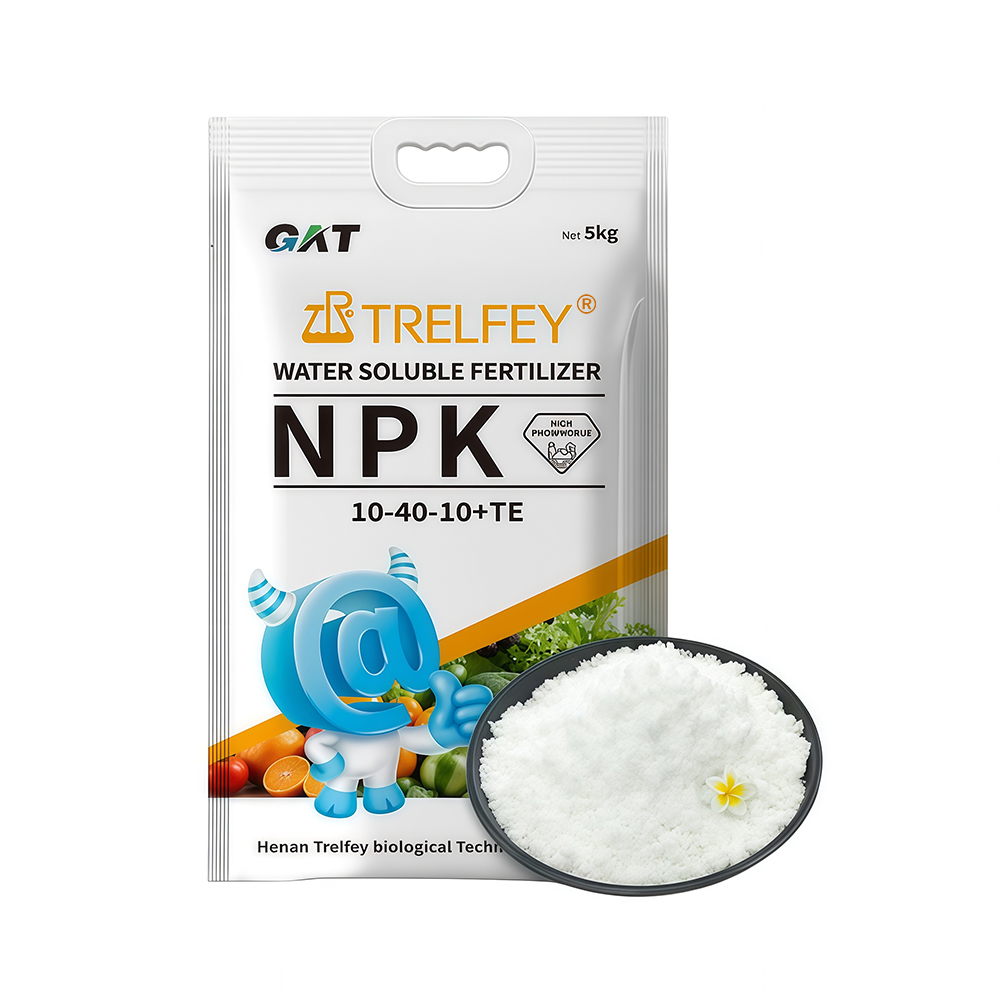
Water soluble fertilizer
Protect the roots and nourish the roots, protect the buds and protect the flowers
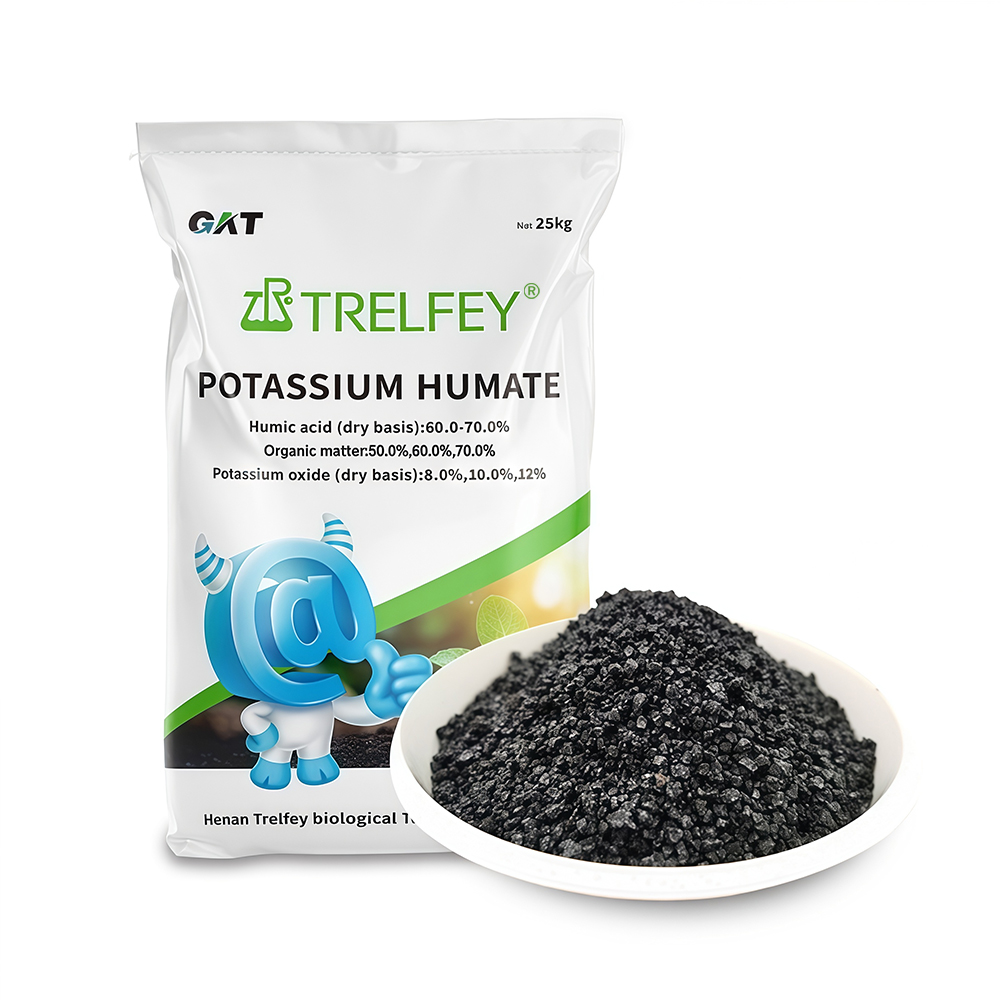
Potassium humate granules
Humic acid (dry base): 60.0-70.0%
Total nutrient (KOO): 8.0%-12.0% (customizable)
